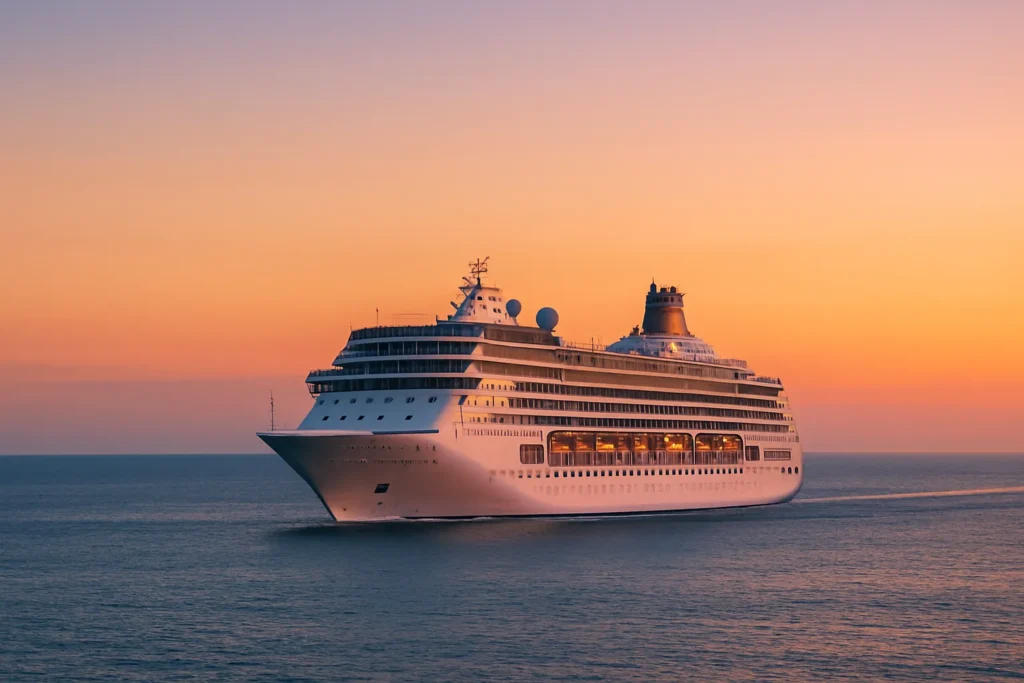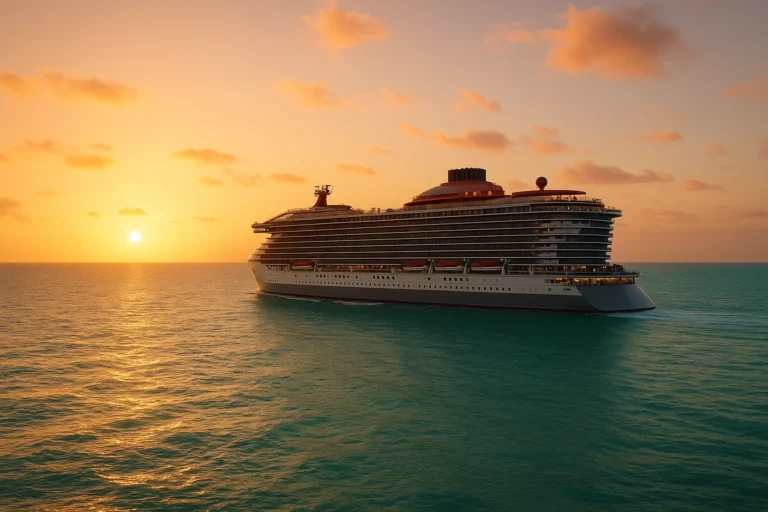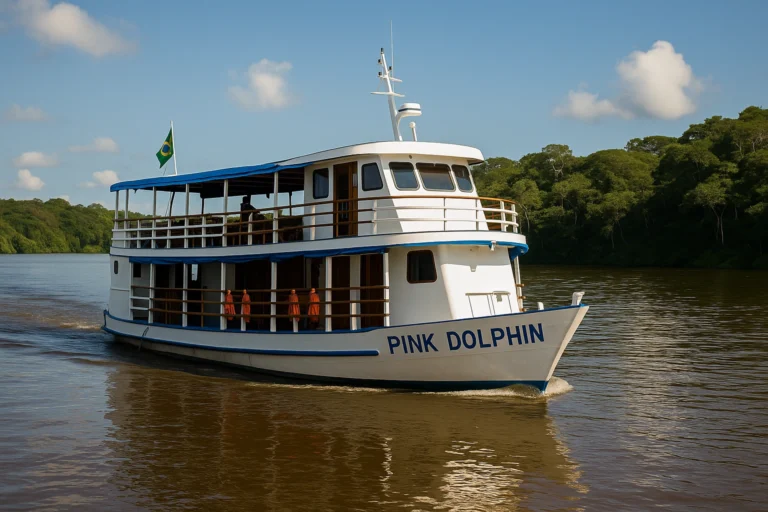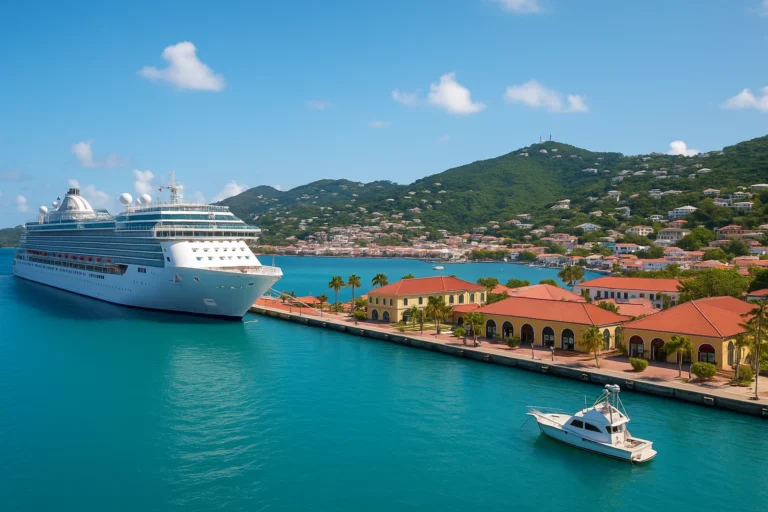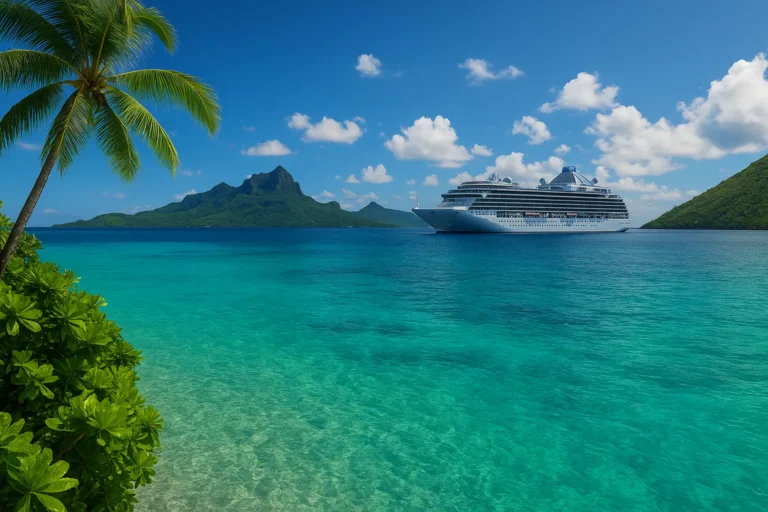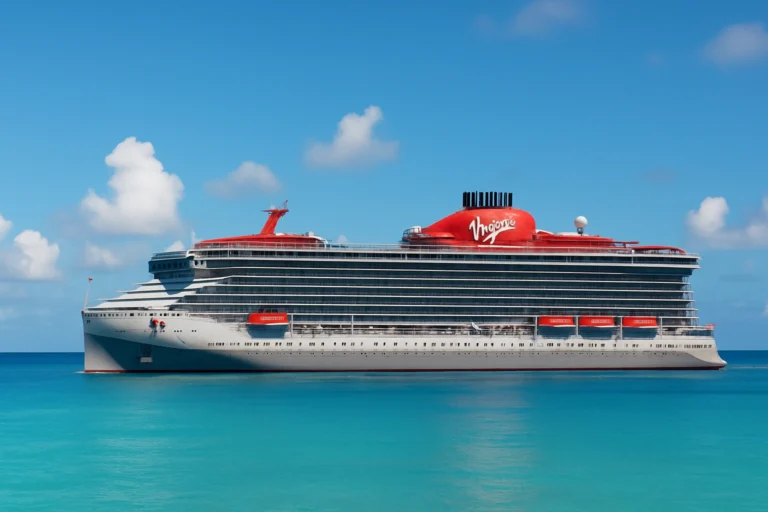Transatlantic Cruise Seasons: When to Sail for Calm Seas
A Transatlantic cruise is a bucket-list journey for many, offering days of serene ocean views, unparalleled onboard luxury, and the unique experience of sailing between continents. However, the Atlantic Ocean is vast and its conditions can vary dramatically by season and route. Choosing the right time to sail is crucial if your goal is to experience **calm seas** and maximize your comfort. This guide explores the **Transatlantic Cruise Seasons**, helping you decide when to embark on your smooth ocean crossing.
Understanding Transatlantic Routes & Peak Seasons 🌊🛳️
Transatlantic cruises are typically “repositioning cruises,” where ships move between their European summer itineraries and their Caribbean/North American winter itineraries. This creates two primary crossing seasons:
- **Spring (March – May):** Ships move from the Caribbean/Florida to Europe (Eastbound).
- **Fall (September – November):** Ships move from Europe to the Caribbean/Florida (Westbound).
While these are the main periods, some specialized or niche cruises may cross at other times. The specific route (more northerly or southerly) also plays a significant role in sea conditions.
—
Spring Transatlantic Cruises (March – May): Eastbound Sailings 🌷☀️
- **Typical Route:** Often from Florida or the Caribbean to various European ports (e.g., Barcelona, Rome, Southampton).
- **Weather & Seas:** Generally considered a **good time for calmer seas**. As the Northern Hemisphere transitions from winter to spring, the worst of the winter storms have usually passed. Temperatures gradually warm up as you sail east towards Europe, making deck activities pleasant.
- **Benefits:**
- Lower chance of major storms compared to late fall/winter.
- Often good deals as cruise lines reposition ships.
- Pleasant temperatures for enjoying the ship’s amenities.
- **Considerations:** Early March crossings can still encounter cooler temperatures or residual choppiness. Strong winds are always a possibility on the open ocean.
- **Ideal for:** Travelers prioritizing comfort and generally stable weather.
—
Fall Transatlantic Cruises (September – November): Westbound Sailings 🍂🌬️
- **Typical Route:** From European cities (e.g., Barcelona, Rome, Southampton) to North American/Caribbean ports (e.g., New York, Miami, San Juan).
- **Weather & Seas:** This season can be more variable.
- **September & October:** Overlaps with the peak of Atlantic hurricane season. While ships try to avoid storms, diversions or rougher seas are a possibility.
- **November:** Generally sees a decrease in hurricane activity and often offers calmer conditions than early fall. The weather might be cooler at the start from Europe but warms up as you head towards the Caribbean or Florida.
- **Benefits:**
- Excellent value due to repositioning.
- Opportunity to experience a different climate upon arrival.
- **Considerations:** Higher potential for rougher seas or itinerary changes due to weather systems, especially in early fall.
- **Ideal for:** Travelers looking for value and who are flexible with potential weather changes.
—
Summer (June – August) & Winter (December – February) Transatlantic Cruises 🧊☀️
Summer Transatlantic (Less Common)
- **Typical Route:** Very few direct repositioning cruises. More likely to be specific itineraries like luxury or expedition cruises, or crossings for ships moving between regions (e.g., from Arctic to European summer itineraries).
- **Weather & Seas:** Generally more stable in the Northern Atlantic during summer months, but direct crossings are rare.
- **Considerations:** Limited options, often higher prices for the few available voyages.
Winter Transatlantic (Niche or Southern Routes)
- **Typical Route:** Very few direct crossings of the North Atlantic. Some round-trip cruises from North America/Europe to the Canary Islands or repositioning for world cruises might occur.
- **Weather & Seas:** The **North Atlantic can be notoriously rough** during winter months, with significant storms and high seas. Southern routes (e.g., via the Canary Islands or South America) offer much calmer conditions.
- **Considerations:** High risk of very rough weather if taking a direct northern route. Prioritize southern itineraries for calmer seas.
—
Tips for a Smoother Transatlantic Sailing Experience 😌💊
Even when sailing in the “calmer” seasons, it’s wise to be prepared:
- **Choose a Larger Ship:** Larger vessels tend to be more stable in rough seas, reducing the sensation of motion.
- **Select Your Cabin Wisely:** Cabins located mid-ship and on lower decks experience less motion than those at the bow (front), stern (back), or on higher decks.
- **Pack Motion Sickness Remedies:** Bring over-the-counter medications (like Dramamine), sea-bands, or consult your doctor for prescription options just in case.
- **Stay Hydrated & Eat Light:** This can help alleviate symptoms of seasickness.
- **Embrace the Journey:** Rough seas are a natural part of ocean travel. Focus on the unique experience of being in the middle of the vast ocean.
—
❓ Frequently Asked Questions (FAQ) ❓
Q: What months are considered Atlantic hurricane season?
A: The official Atlantic hurricane season runs from June 1 to November 30, with peak activity typically from late August through October. Cruises often sail southern routes to avoid these areas.
Q: Do all Transatlantic cruises experience rough seas?
A: No. While the Atlantic can be unpredictable, many Transatlantic cruises enjoy calm, smooth sailing. Choosing the right season (e.g., spring, or late fall) and a larger ship significantly increases your chances of a comfortable journey.
Q: Are Transatlantic repositioning cruises cheaper?
A: Often, yes. Because they are designed to move ships from one cruising region to another, they can offer excellent value per day compared to round-trip itineraries, especially if you’re flexible with dates.
Q: What should I do if I get seasick?
A: Go to an open deck and look at the horizon, get fresh air, eat plain crackers, stay hydrated, and use any motion sickness remedies you’ve brought. Mid-ship cabins can also help prevent it.
—
Conclusion: Smooth Sailing Across the Atlantic ⚓️💙
Choosing the **best Transatlantic cruise season** for calm seas largely boils down to timing your voyage during spring (March-May) for Eastbound crossings or late fall (November) for Westbound journeys. While the ocean can always surprise, selecting these periods and opting for a larger ship can significantly enhance your chances of a smooth and enjoyable experience. Prepare to embrace the vastness of the Atlantic and revel in the unique tranquility of days at sea!


